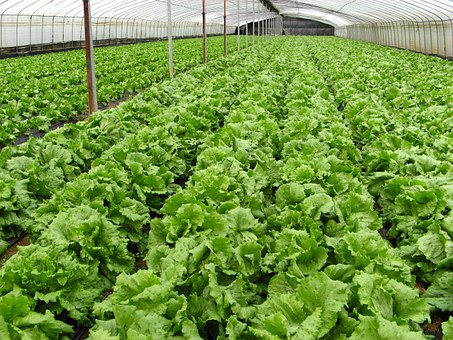Integrated Pest Management saves in cost
and ensures eco balance
INTEGRATED PEST MANAGEMENT is a strategic management practice which is designed developed and managed by the FARMER himself to contain, reduce and eradicate the pests which reduce the economic value of his produce. Integrated Management is the key word here as the farmer has designed this for the total life cycle of his produce.
Why Integrated Pest Management
Integrated Pest Management keeps eco system balanced and uses a mix of cultural, biological and chemical methods to fight any pest menace to the crop. Proper Integrated Pest Management program would ensure least disturbance to the ecology of agricultural system of that place. Integrated Pest Management aims to maintain the dynamic balance between the Biotic (living) e.g. plants, weeds, pests and their Abiotic (nonliving) environment e.g. rivers, sun, air, ground, minerals, pesticides. Examples – Farmers using pesticides to kill one living thing (pest) will also affect another living thing (beneficial). Pesticides usage affects ground water.
Pesticides may not always be effective. The application of pesticides usually does not ensure complete wipe out of pests – they can still survive and resurface. This will happen if pesticide is applied inappropriately, at not the proper times and not delivered with proper machines.
Integrated Pest Management is done by farmers for farmers. It is designed by farmers. It is easy.
Economy in cost. Integrated Pest Management program, implemented as per the design, would save Farmers big savings by way of higher yield resulting in higher income and reduced expenses on pesticides and labor cost on pesticide application.
Good for Environment. So many stories come to light about contaminated ground water making life unhealthy for residents of that area. Integrated Pest Management by avoiding excessive pesticide usage helps in creating a healthy environment.
Integrated Pest Management has four components:
- Preventive Measures
- Monitoring the crop
- Continuous assessment of any pest damage to the crop
- Applying an appropriate action
Preventive Measures
The Farmer would think out a number of preventive measures to guard against any loss of crop due to pest attacks. The following are some management practices which would be beneficial.
- Ploughing and tilling operations of field; fencing around crop; netting over the crop.
- Full sanitation methods, cleaning of tools, implements, own self; eliminate any place where pest may hide.
- Biological control methods e.g. use natural enemies of pests. This method once established would become permanent. Farmer may also plant flowers or crops which attract such natural enemies of pests.
- use herbicidal products such as Neem leaf extracts.
- Pheromones usage to confuse the pests multiplying.
- Use seeds and seedlings which are of disease and pest resistant variety.
- Inter cropping with crops resistant to pests.
- Get a vigorous growth of the crop.
Monitoring
After the crop is planted, Farmer needs to monitor the same. Farmer would be scouting and looking for telltale signs of presence of pests, type of pests, and the intensity of attack by such pests. This activity would include:
- Regularly going round the field and observing. This activity helps in early detection of any pest attack on the crop.
- Correct detection is the key to the success of the Integrated Pest Management. My page has some details on the pests and diseases of plants. Identification of the pest allows curing of only the target areas and target pest. By proper detection of the pest, farmer would choose the correct pesticide, choose the most effective time to apply the pesticide and could also consider use of organic control.
Assessment of pest damage to the crop
In Integrated Pest Management Farmers would refrain from using Chemical Pesticides haphazardly. An assessment of the threat is first made based on:
One FORECASTINGS – using weather reports and weather conditions that can exacerbate any break out of diseases and pests formations. It may be possible to use non-chemical herbicidal pesticides for such occasions. Another forecast may be based on the past records kept by the farmer for any particular season or crop.
And second on THRESHOLDS levels that would trigger the type of action on pests whether mild or vigorous, that would be taken to ward off the pest menace. The farmer would set up a threshold of crop injury he would tolerate waiting for the biological and herbicidal anti pest measures to take place. Only after that threshold mark is passed, the farmer would weigh in with chemical pests (which have already been identified in the monitoring activity). The cost of pesticide would be less than the cost of loss of crop.
Applying an appropriate action
Farmer would take all control measures to control the pest menace once he finds that the economic threshold has been reached. Here also it is possible to take out the diseased crop and let the remaining stand which would be more cost effective. Full chemical control is required in case of loss of crop in whole is seen and there is no other strategy of containing the pest density. Needless to say that chemical control would only succeed on the availability of a pesticide identified for the type of pest in question; and on proper application of the same.
Summarizing Integrated Pest Management has the following advantages even though Farmer needs to give more of his time and energy as well as getting into the technical aspects of the methods.
- Resistance to a Pesticide is slowed down
- Helps in keeping Balance of Eco Systems
- Ultimate cost effective for farmers



Leave a Reply